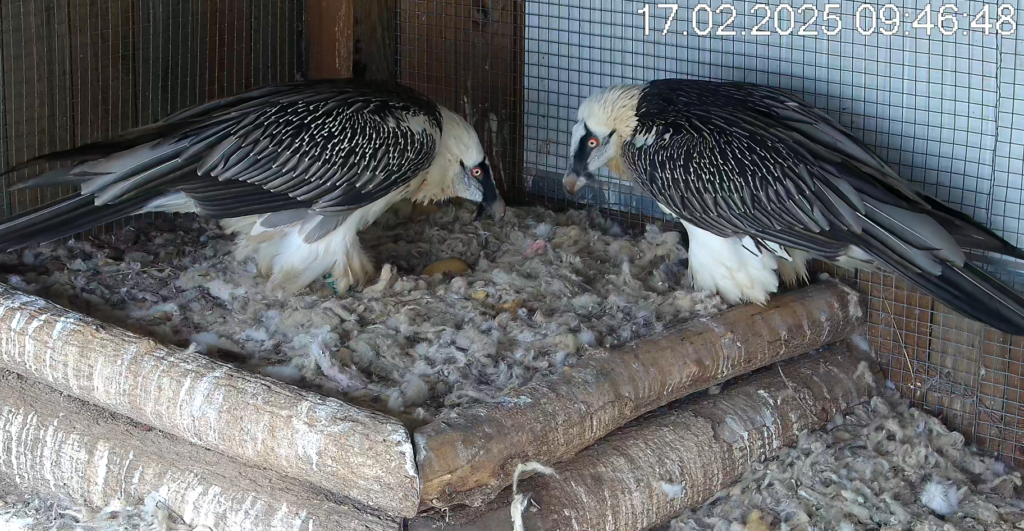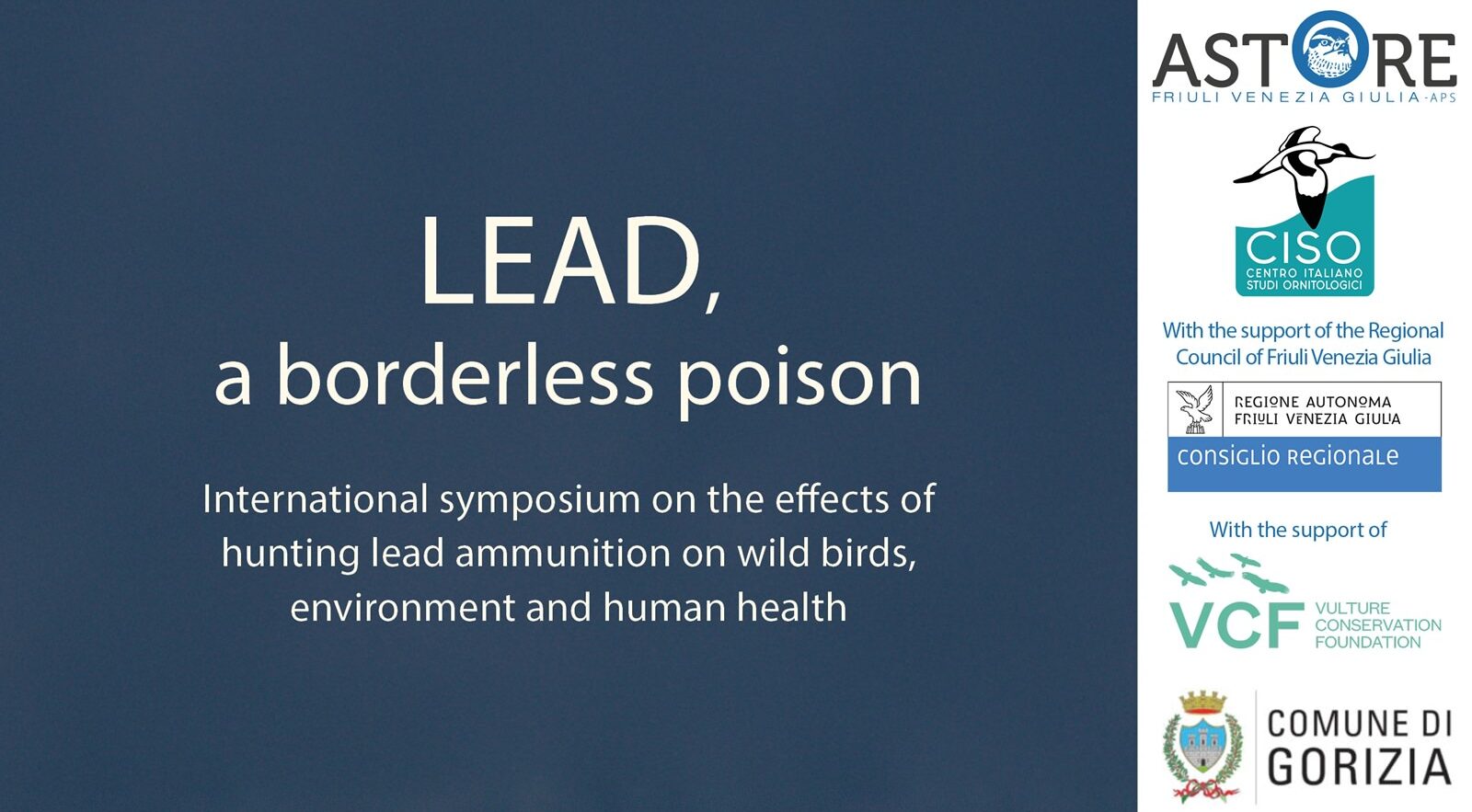This year, as we celebrate the 20th anniversary of the Specialised Bearded Vulture Breeding Unit at Vallcalent, we’re taking a moment to honour the extraordinary birds—and the dedicated caretakers—who make this pioneering centre what it is. Few stories better capture the spirit of resilience and hope than that of Secundino and Torla, two Pyrenean Bearded Vultures (Gypeatus Barbatus) who defied the odds to become parents.

From tragedy to second chances
Secundino, also known as Saüc, hatched in 2009 as part of the Bearded Vulture breeding programme run by FCQ (Fundación para la Conservación del Quebrantahuesos) and the Government of Aragón. His journey nearly ended before it began—he suffered from a combination of aspergillosis, malaria, and avian pox as a chick. Miraculously, he survived, but his health never fully recovered. Declared unfit for release, Secundino was transferred to Vallcalent in 2011.
A year earlier, a young female named Torla had also arrived at Vallcalent. Rescued limping from a feeding station in Cenarbe (Huesca), she underwent surgery for a serious leg injury. Though still juvenile, she too was deemed unreleasable and brought into the captive breeding programme.
From the start, the pair showed a rare bond. While Bearded Vultures are notoriously selective when it comes to mates, Secundino and Torla became inseparable, a strong and compatible pair that brought great hopes for genetically valuable offspring. Both founders from the Pyrenees, they represent an extremely rare lineage within the Bearded Vulture EEP.
Years of patience
Though they began nesting and mating in 2014, their first egg wasn’t laid until 2018—and it was tragically found broken in the nest. For years, no eggs followed, though every season brought renewed activity: mating, nest-building, anticipation. Despite all signs pointing to infertility, the team saw in Torla a rare spark: she showed unusual maternal instinct, even responding to dummy eggs—something virtually unheard of in females.
Finally, in January 2023, after a five-year drought, Torla laid a viable egg. Unfortunately, it was rotten by the time it was checked. The following year, in January 2024, she laid again—and this time, it hatched. The chick, BG1230, was entrusted to the centre’s most experienced foster parents, Joseph and Marie Antoinette, ensuring the rare Pyrenean genes were passed on safely.
Proving their parenting skills as foster parents
Still, the dream of raising a chick together remained. In a beautiful twist of fate, Vallcalent received a second chick, BG1212, from the Torreferrusa Recovery Centre—a twin that couldn’t be raised by its biological parents. Secundino and Torla were given the opportunity to foster it.
They embraced the role instantly. The once-troubled pair—who for over a decade had faced setbacks—became model parents. They guarded and nurtured BG1212 with devotion.

A new generation, a priceless lineage
The momentum continued into 2025. On 13 March, Torla laid a chick of her own: BG1277. Though the chick hatched underweight and required intensive hand-rearing, it bounced back and is now thriving in the attentive care of Joseph.

A day earlier, on 12 March, the pair adopted BG1276, a chick with a unique Greek-Pyrenean genetic background. Their success with foster chicks now confirms their place as important and capable breeding pair at Vallcalent.
Two decades of dedication
The story of Secundino and Torla is a celebration not only of perseverance but also of the expertise and commitment of the Vallcalent team, who believed in these birds when hope seemed lost. As the centre marks its 20-year anniversary, their journey stands as a beacon for the conservation of Bearded Vultures—and for the power of second chances.
Vallcalent Specialized Breeding Unit
The Centro de Fauna Salvaje Vallcalent houses the Vallcalent Bearded Vulture Breeding Unit, operating since 2005 through a partnership between the Vulture Conservation Foundation (VCF) and the Catalan Government. Home to 32 (+ 3 chicks at this moment) birds, Vallcalent plays a vital role in producing genetically important chicks, rehabilitating injured vultures, and providing foster care for birds that cannot breed naturally.







